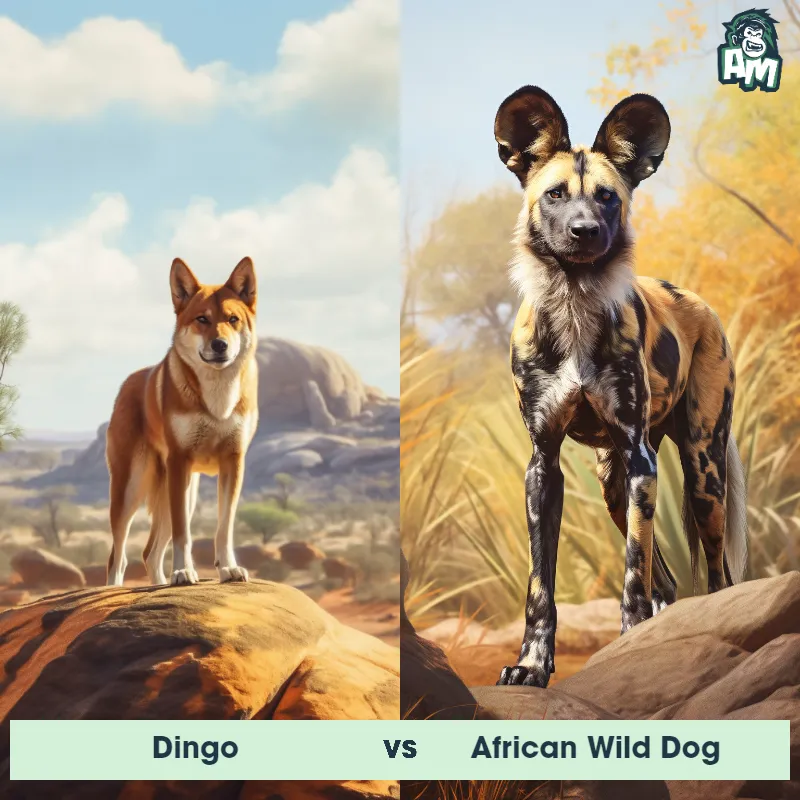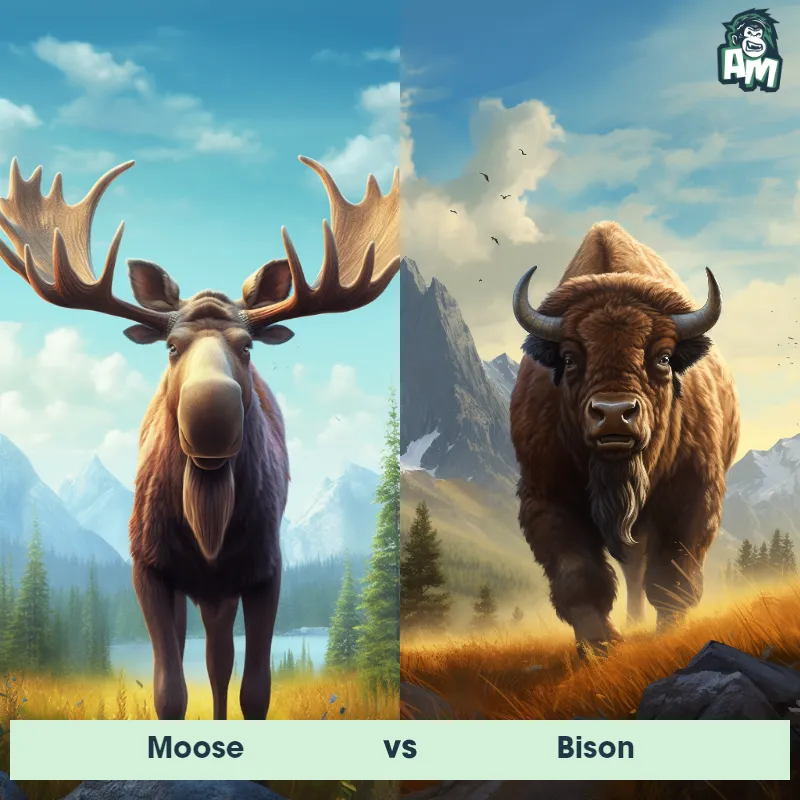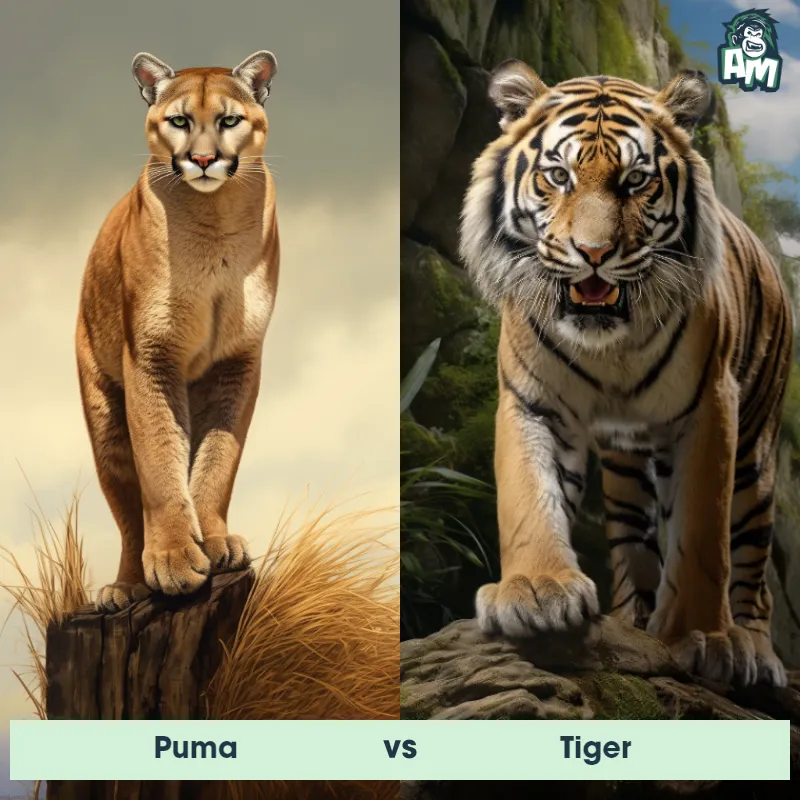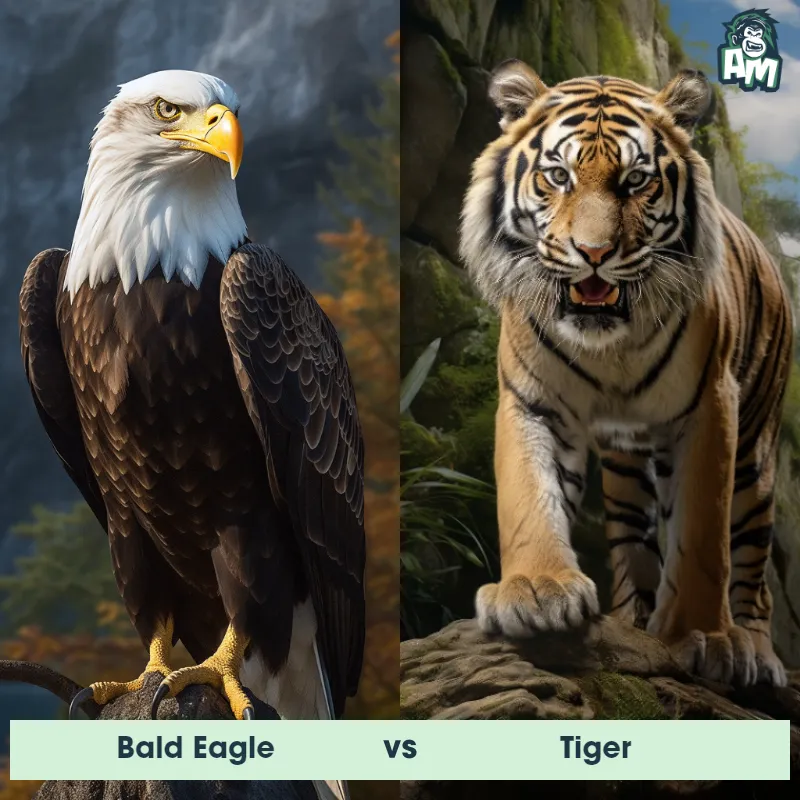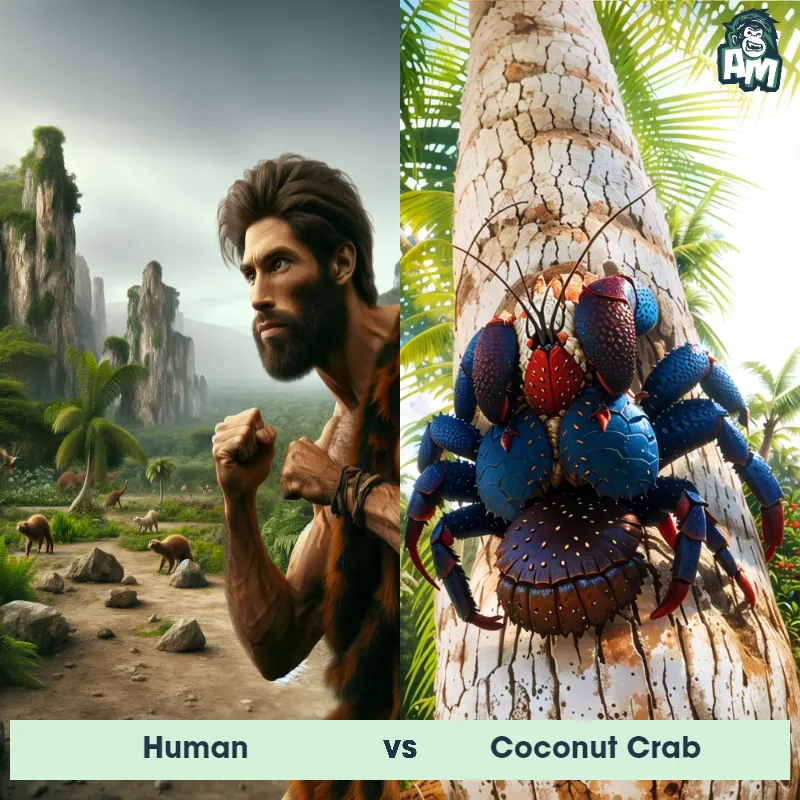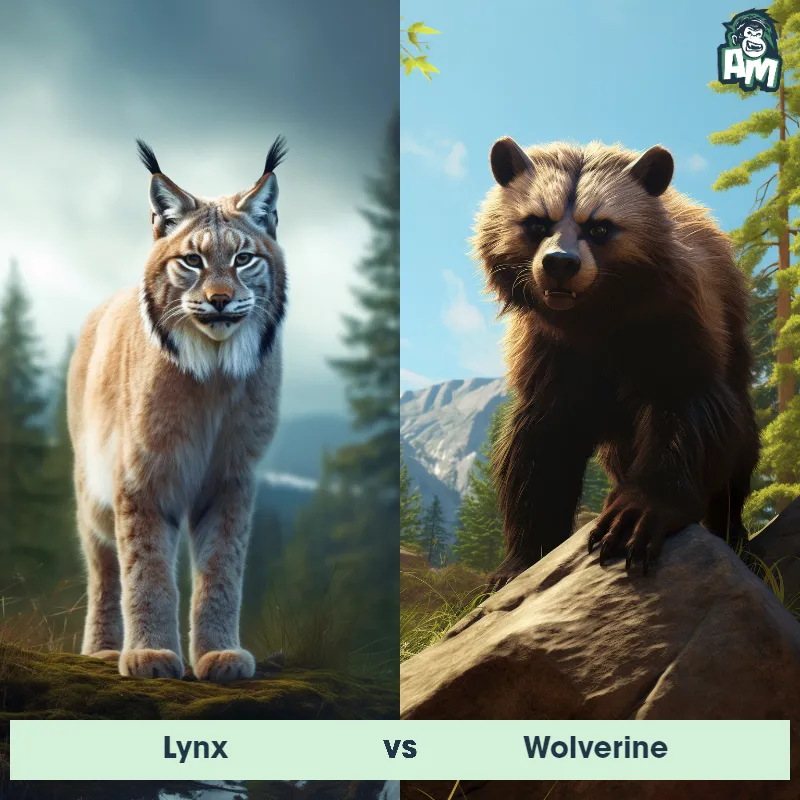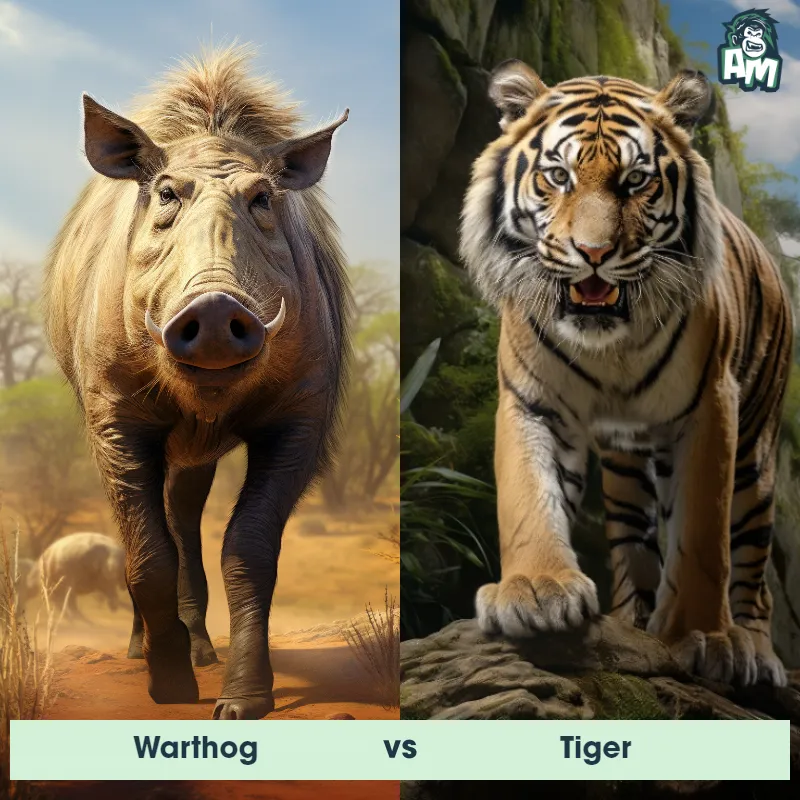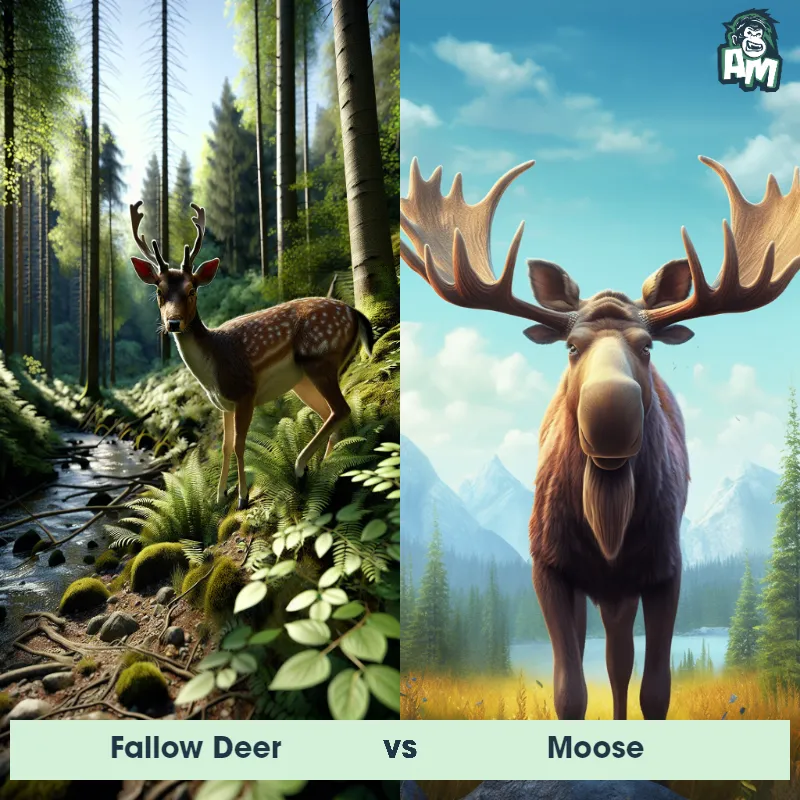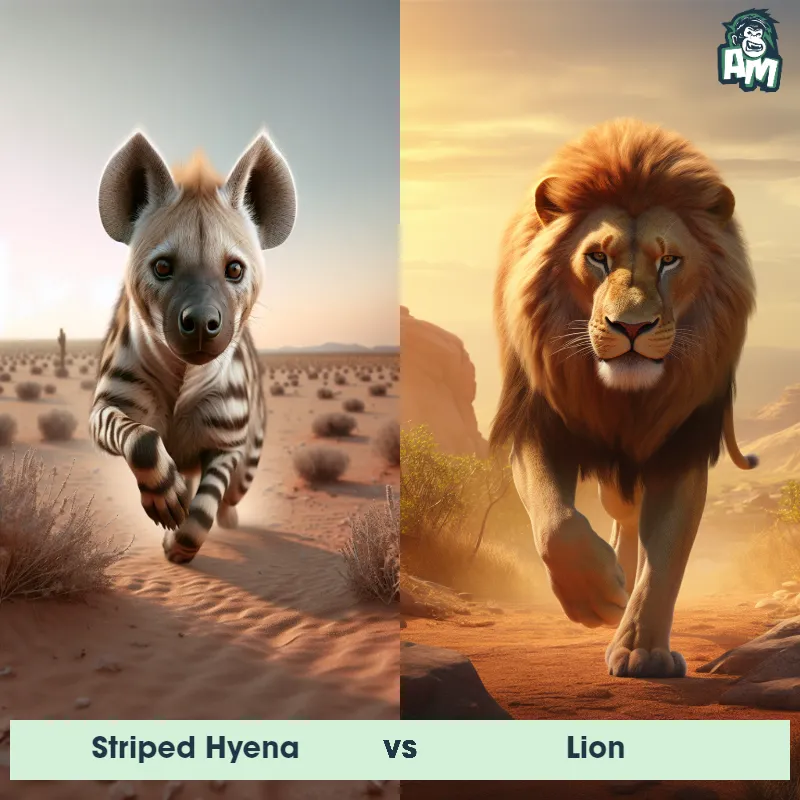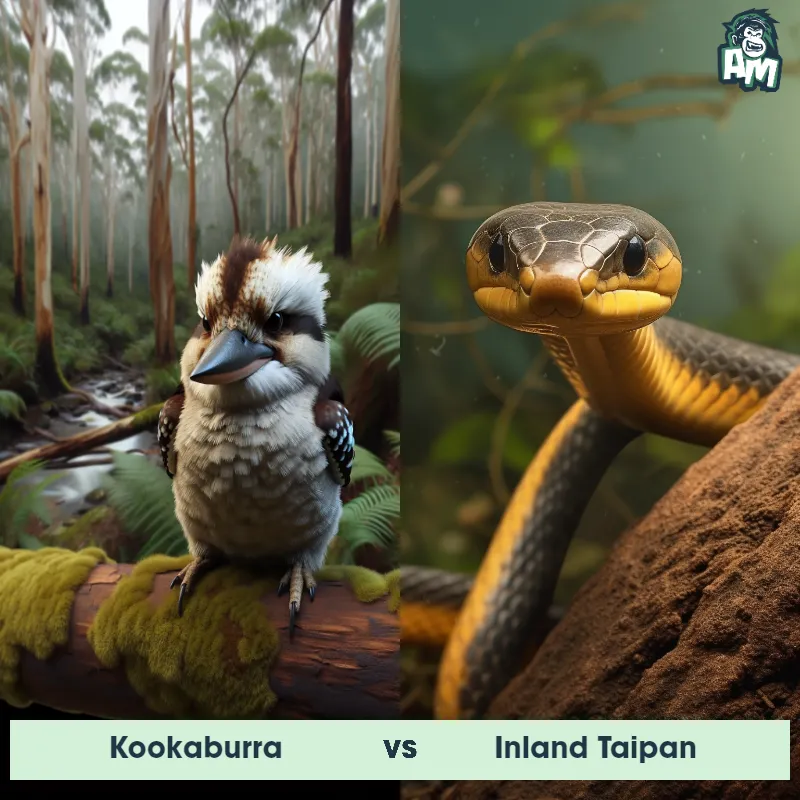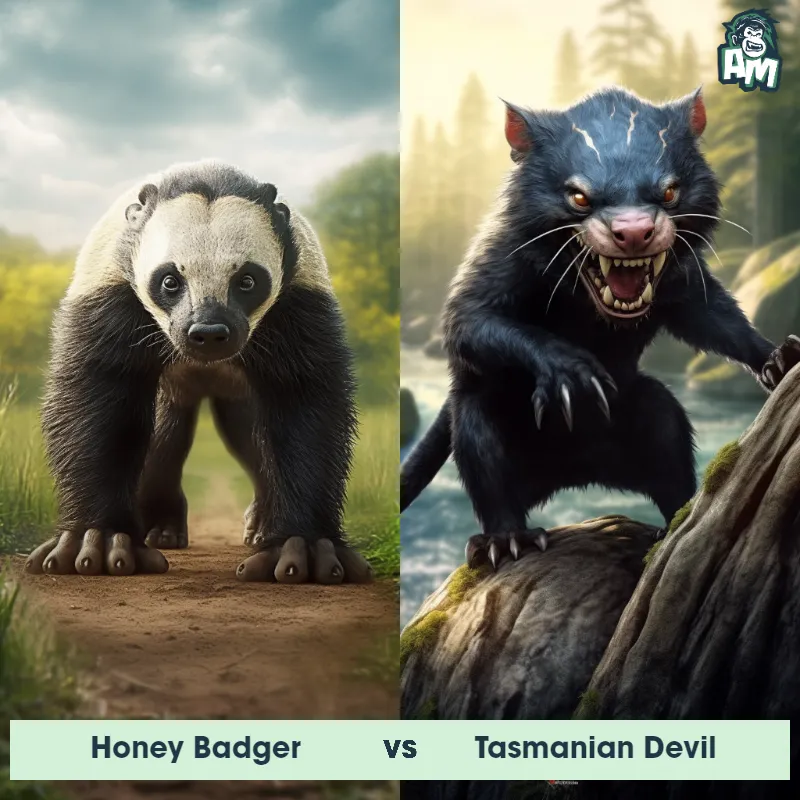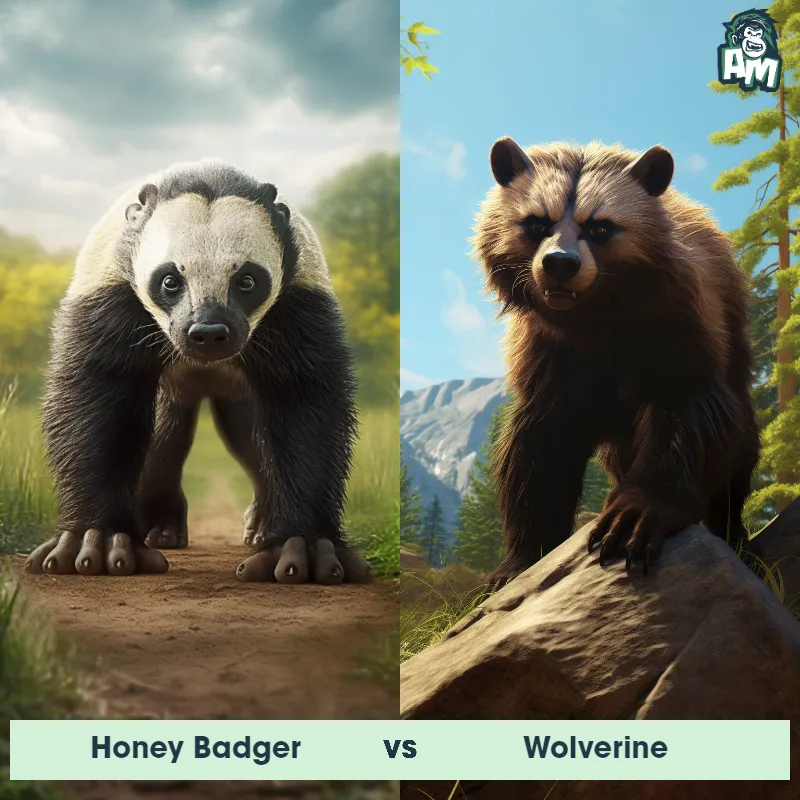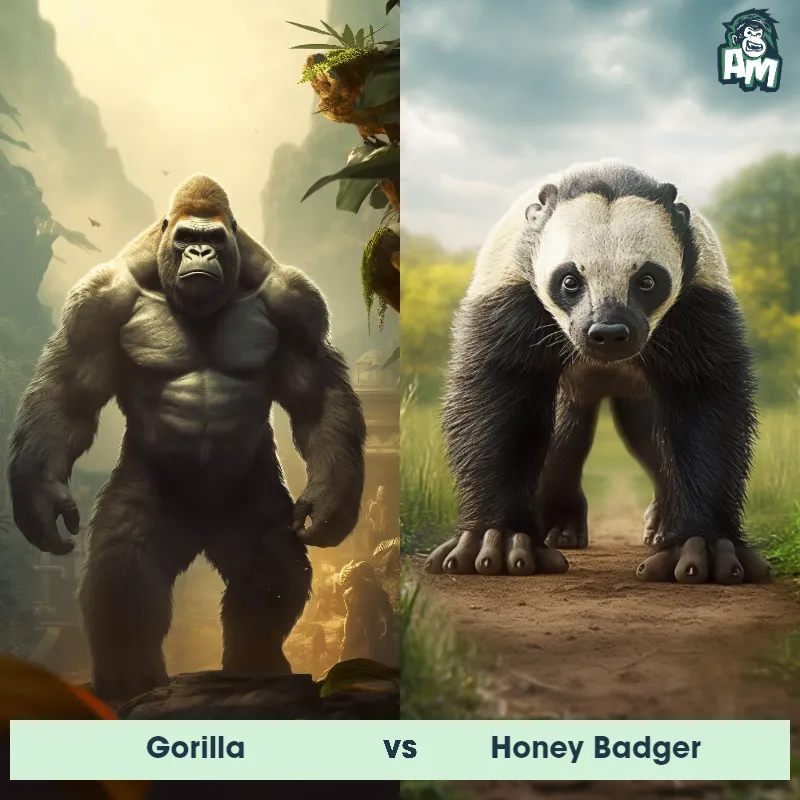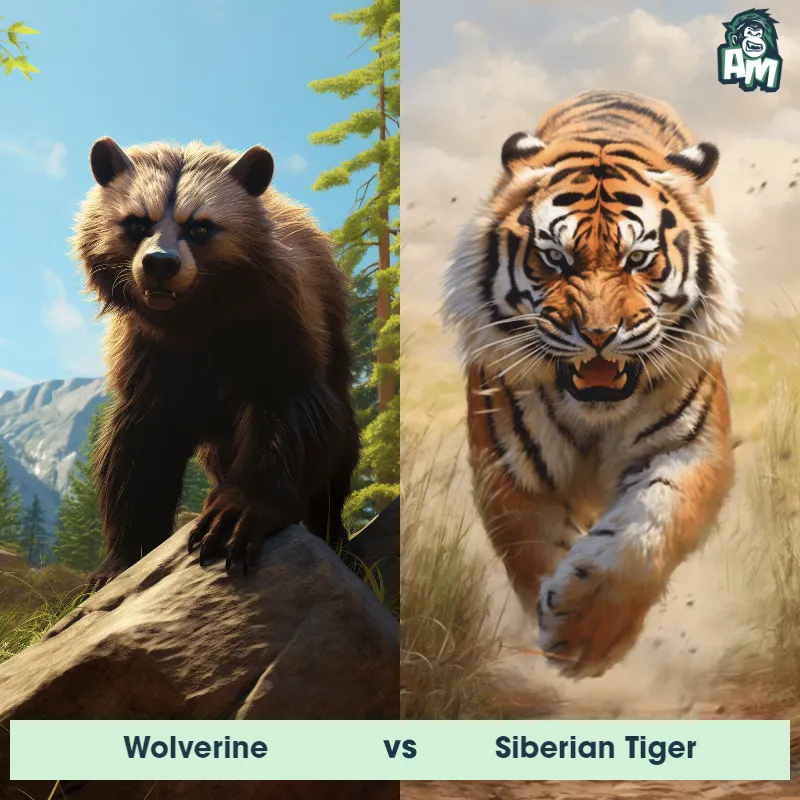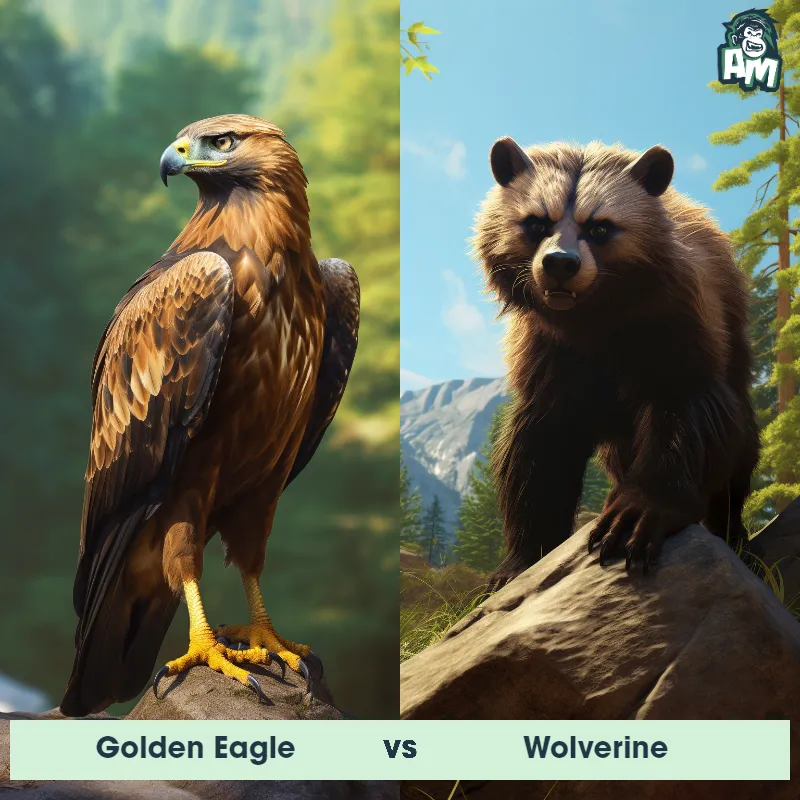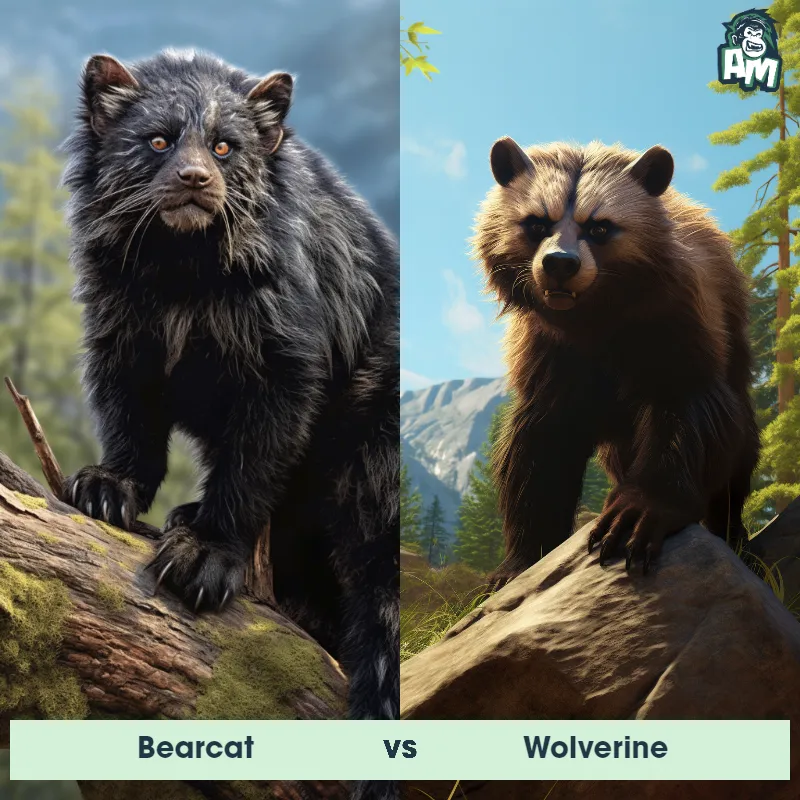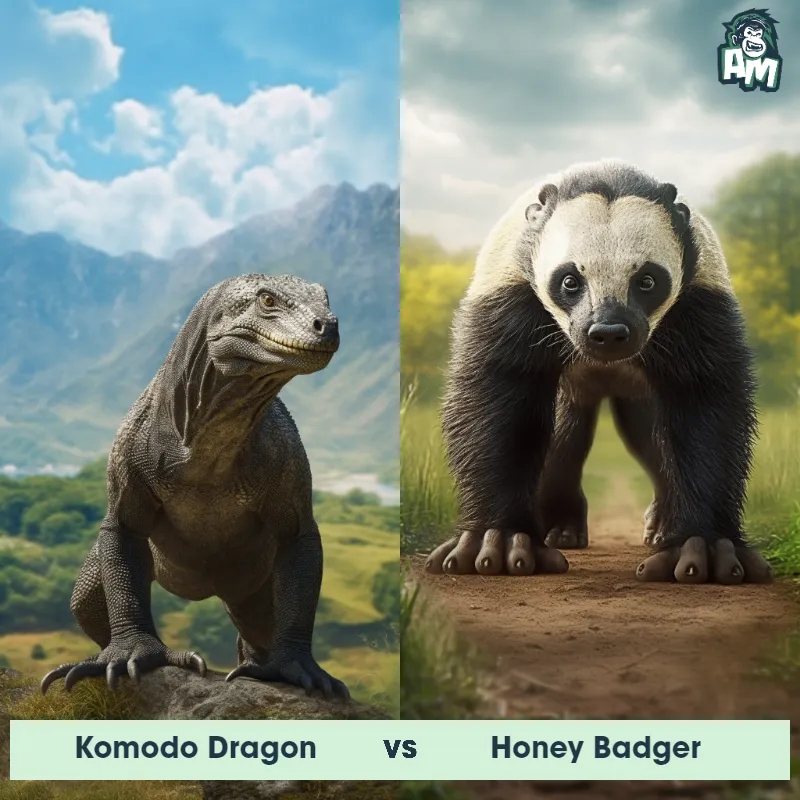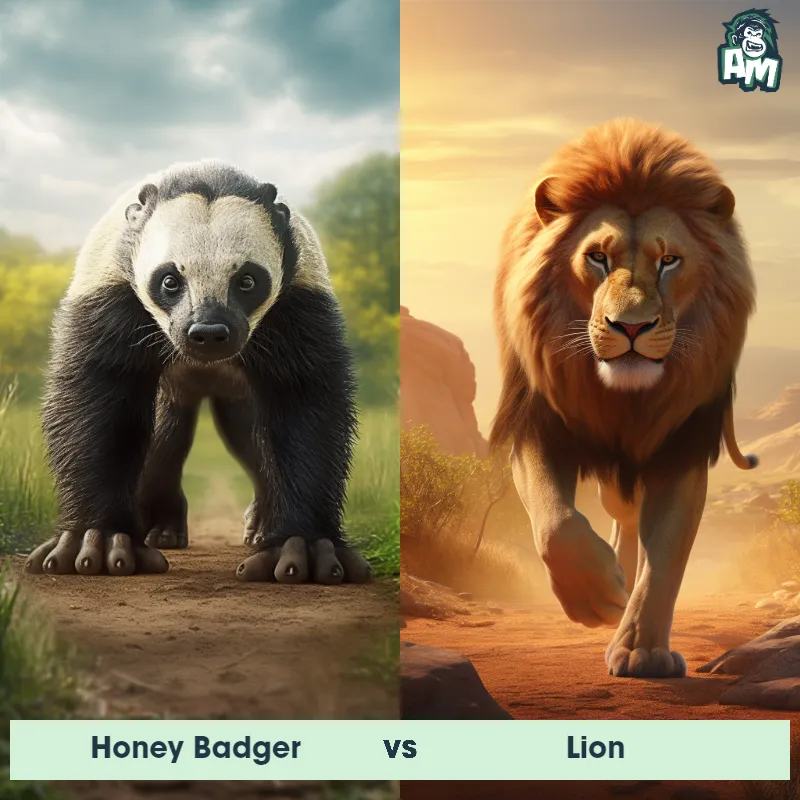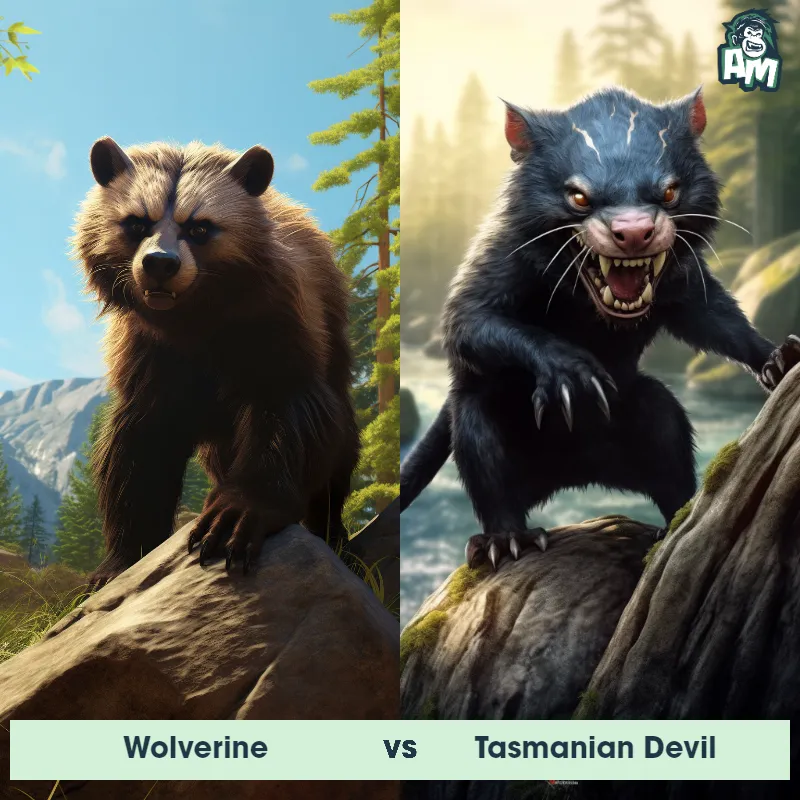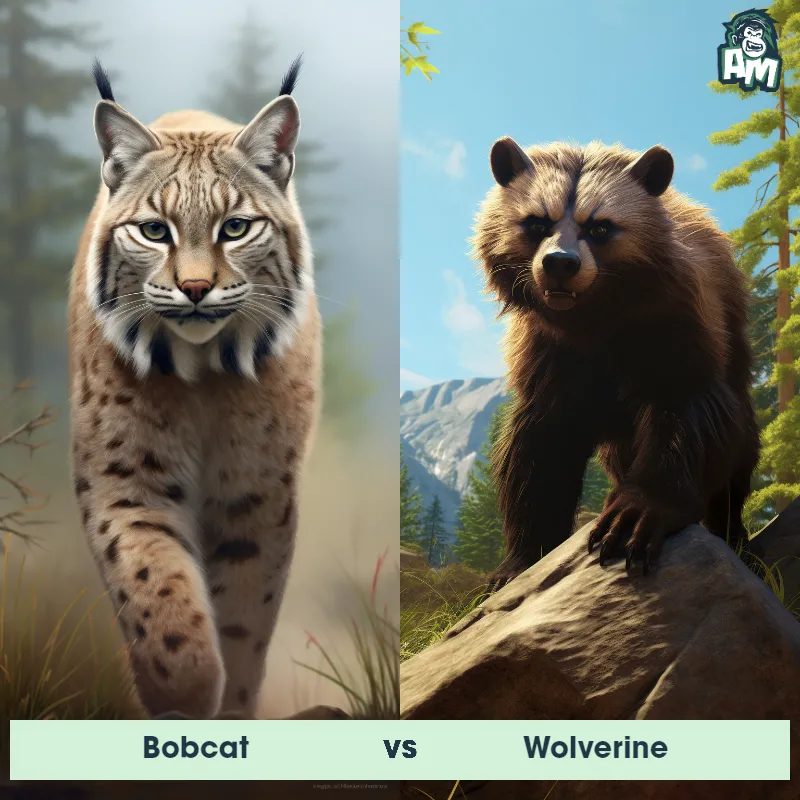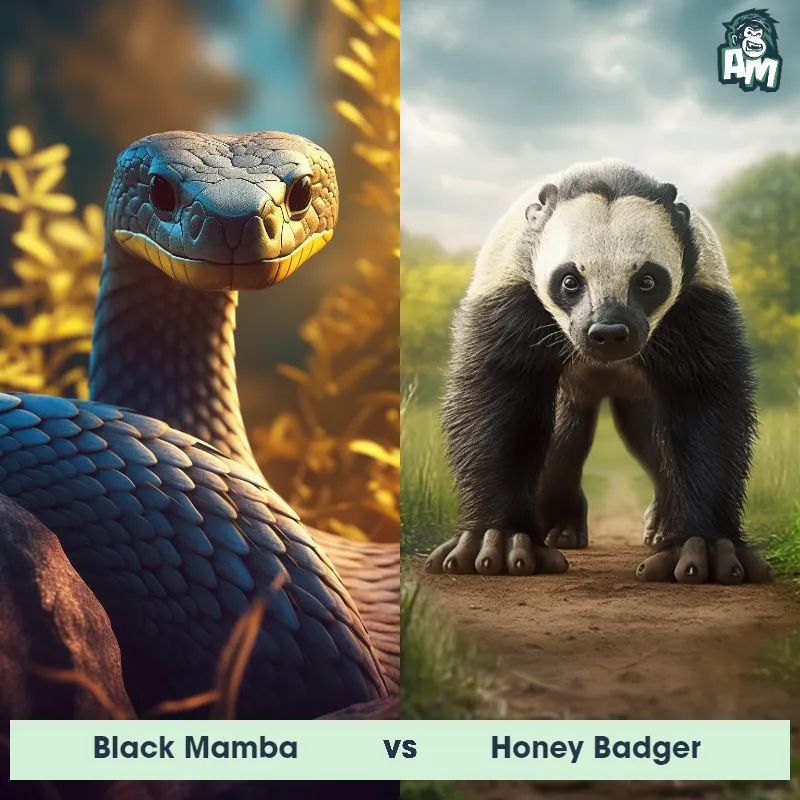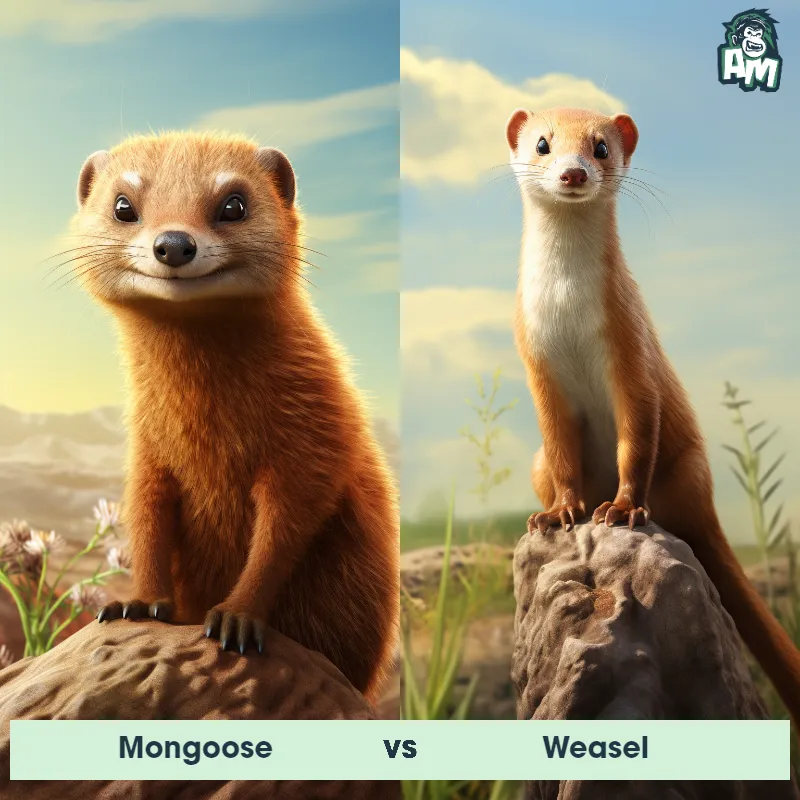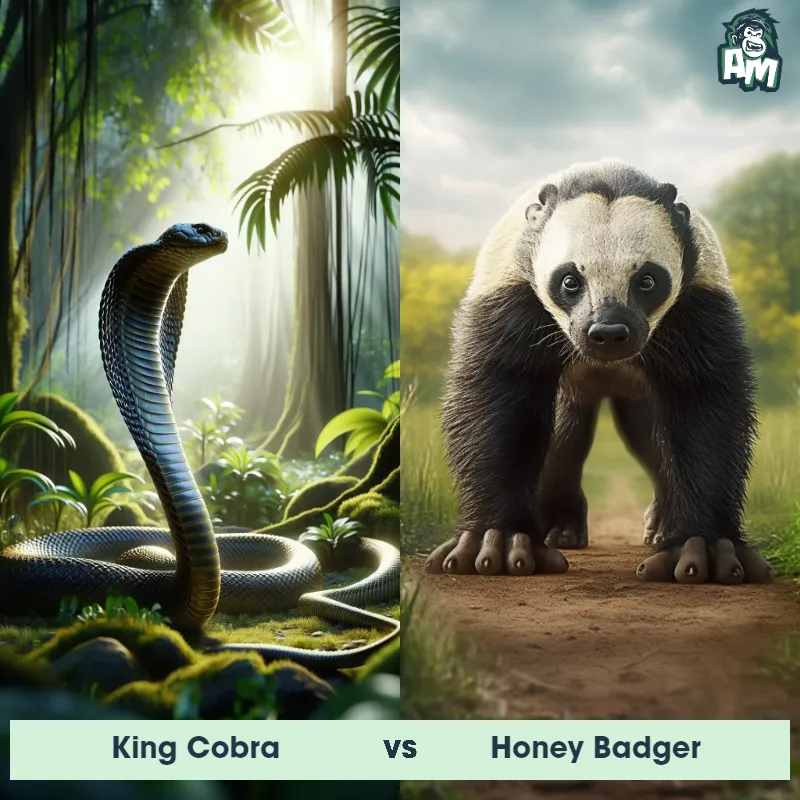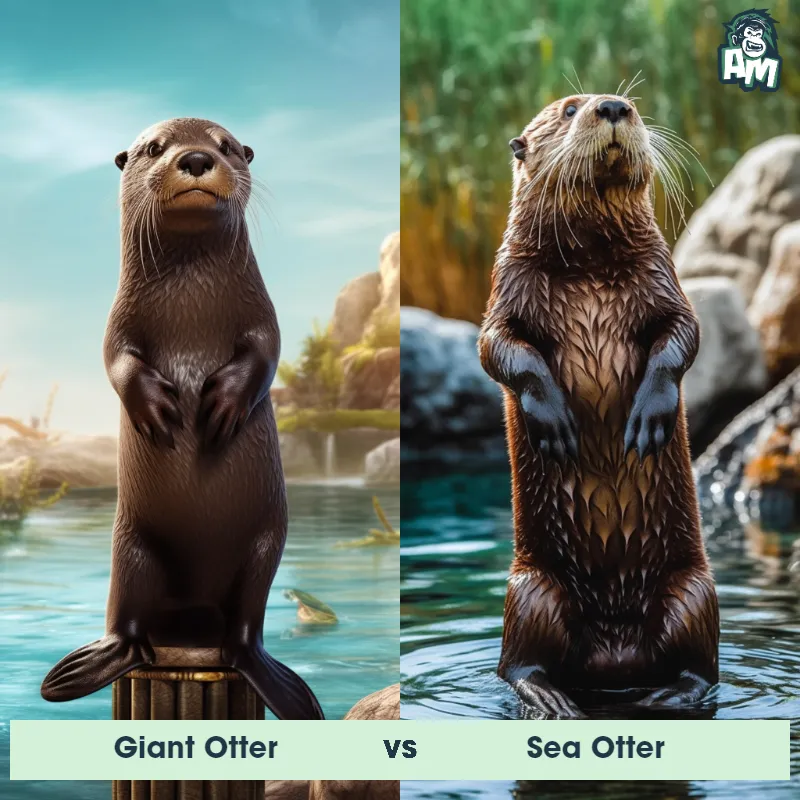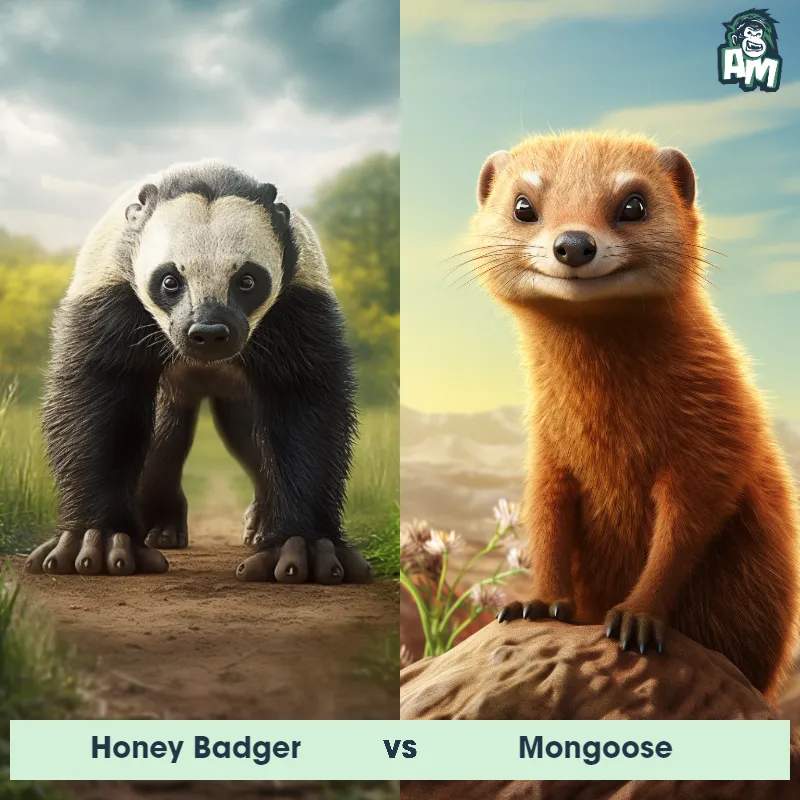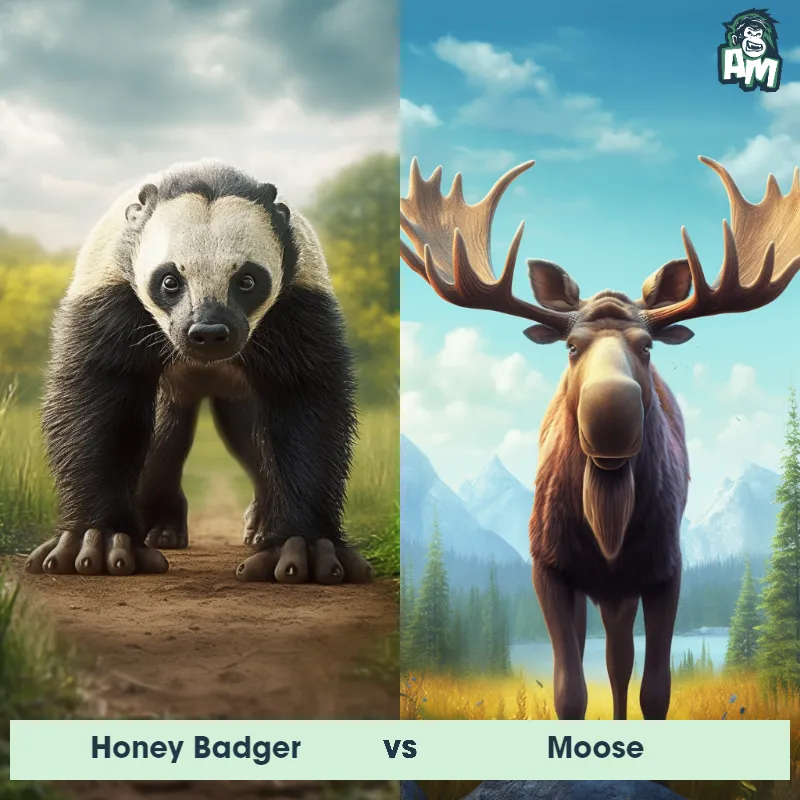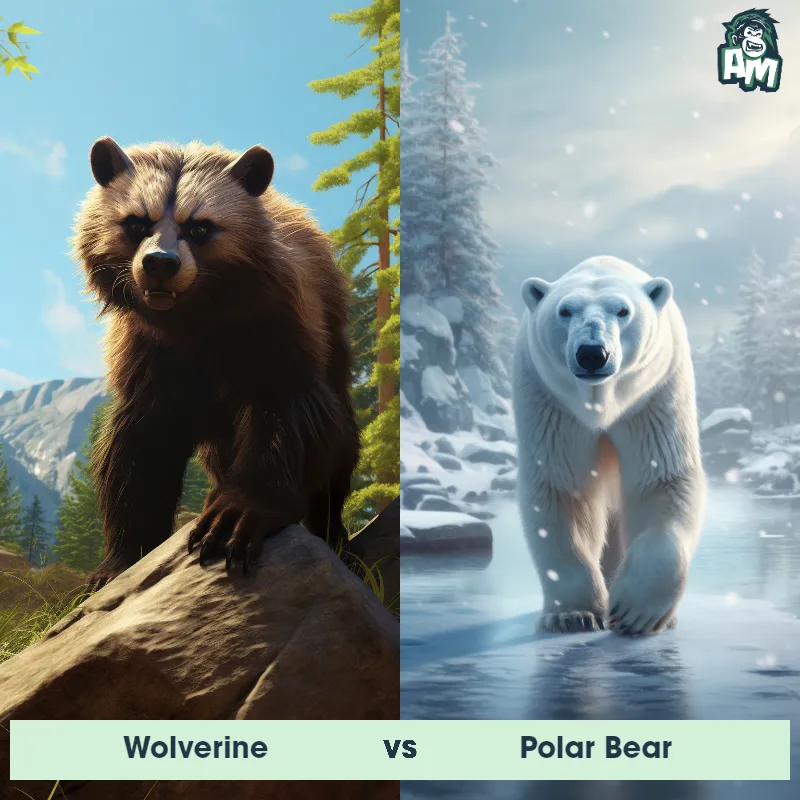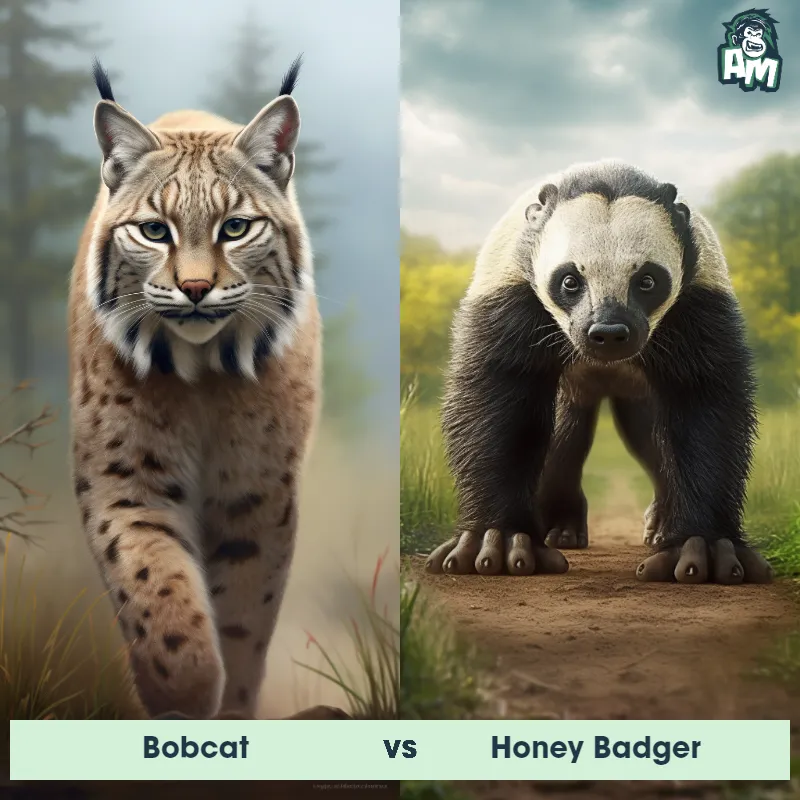Giant Otter vs Honey BadgerSee Who Wins

Welcome, ladies and gentlemen, to this exciting matchup between a Giant Otter and a Honey Badger. Both known for their fierce and relentless fighting abilities, this is sure to be a thrilling showdown.
Contender 1: Giant Otter
The Giant Otter, also known as the Giant River Otter or the South American Otter, is the largest of all otter species, measuring up to 6 feet in length and weighing up to 70 pounds. They have sleek, dark brown fur with white or cream-colored markings on their throat and chest. Their webbed feet and powerful tail make them excellent swimmers, and they are known for their ability to catch fish with their sharp teeth and strong jaws.
Fun Fact: Giant otters, known as the “river wolves” of South America, can grow up to 6 feet long — and they make loud, chirpy calls to keep in touch with their family while hunting piranhas!
Contender 2: Honey Badger
The Honey Badger, also known as the ratel, is a small carnivorous mammal found in Africa, Southwest Asia, and the Indian subcontinent. They have a stocky build, with a broad head, powerful jaws, and sharp claws. Their fur is thick and coarse, ranging in color from gray to black with a distinctive white stripe on their back. Honey Badgers are known for their fearless and aggressive nature, often taking on animals much larger than themselves, such as lions and hyenas. They are also known for their ability to withstand venomous snake bites and their love for honey, which they obtain by raiding beehives.
Fun Fact: Honey Badgers have been known to dig up and eat buried human corpses, earning them the nickname "the world's most fearless animal."
Matchup Stats
| Giant Otter | Honey Badger | |
|---|---|---|
| Size | Up to 6 feet (1.8 meters) in length | 25-30 inches (63-76 cm) in length |
| Weight | Up to 70 pounds (32 kilograms) | 19-26 pounds (9-12 kg) |
| Speed | Speed: 22 mph (35 km/hr) | Speed: 20 mph (32.19 km/hr) |
| Key Strength | Powerful jaws and sharp teeth | Powerful jaws and sharp claws |
| Biggest Weakness | Vulnerable to attacks on land | Short legs and small size |
Current Votes
Giant Otter vs Honey Badger
See Who Wins
View More Matches
Looking For More?
Similar Matches
Scientific Stats
| Giant Otter | Honey Badger | |
|---|---|---|
| Scientific Name | Pteronura brasiliensis | Mellivora capensis |
| Family | Mustelidae | Mustelidae |
| Habitat | Freshwater rivers, lakes, and swamps | Terrestrial |
| Geography | South America, specifically the Amazon, Orinoco, and La Plata river systems | Africa, Southwest Asia, and the Indian subcontinent |
| Diet | Fish, crustaceans, and small mammals | Carnivorous, eats small mammals, birds, reptiles, insects, and honey |
| Lifespan | 8 years - 10 years | 24 years - 26 years |
Key Differences between Giant Otter and Honey Badger
- Size: The Giant Otter is significantly larger than the Honey Badger, with adults reaching lengths of up to 6 feet compared to the Honey Badger's average length of 2 to 3 feet.
- Social behavior: Giant Otters are highly social animals that live in family groups consisting of a monogamous breeding pair and their offspring, often engaging in cooperative hunting and vocalizations, whereas Honey Badgers are primarily solitary and highly territorial, only coming together for mating purposes.
- Habitat: Giant Otters are typically found in freshwater habitats such as rivers, lakes, and swamps in South America, while Honey Badgers inhabit a wide range of terrestrial environments, including savannas, grasslands, and forests throughout Africa and parts of Asia.
- Coat color: The Giant Otter has a sleek, waterproof coat that is primarily dark brown with a distinctive white throat patch, while the Honey Badger has a coarse, grayish-black coat with a white or light-colored stripe running from its head to tail.
- Diet: Giant Otters feed primarily on fish, crustaceans, and other aquatic prey, using their sharp teeth and powerful jaws to capture and consume their food, while Honey Badgers are opportunistic omnivores that feed on a variety of foods, including insects, small mammals, fruits, and carrion.
- Tail shape: The Giant Otter has a long, muscular tail that comprises approximately one-third of its body length, aiding in swimming and diving, whereas the Honey Badger has a shorter, bushy tail that is used as a defense mechanism against predators.



